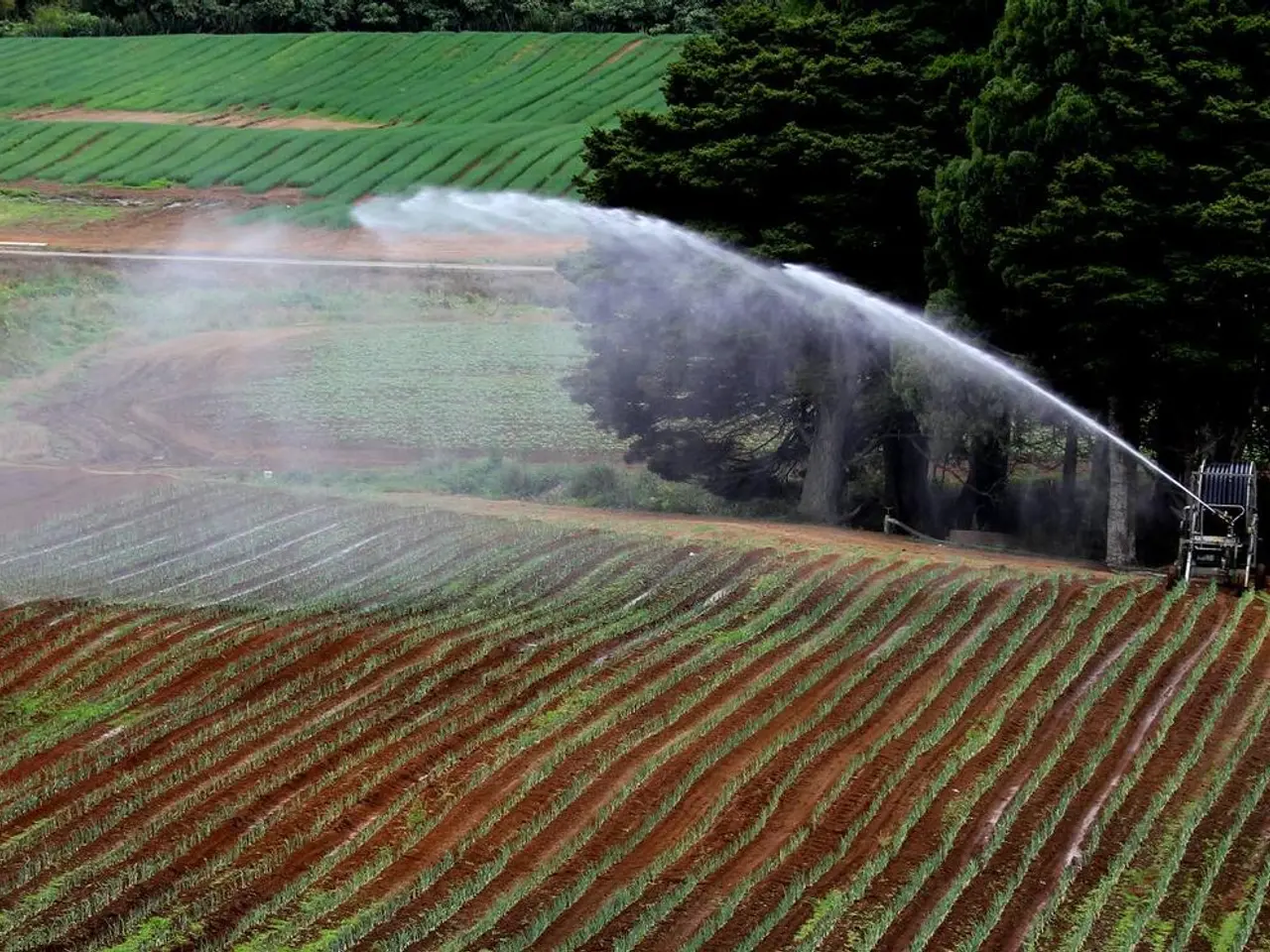India's Domestic Revival Strategy and National Opinions: Swadeshi 2.0 Perspective
The Ministry of Finance, under the leadership of India's Finance Minister Nirmala Sitharaman, is spearheading the implementation of GST reforms aimed at reducing the burden on small businesses. These reforms, announced by the Modi government, aim to simplify compliance and lower costs on essentials for small enterprises, a crucial step towards fostering a conducive business environment.
The success of these reforms hinges on their execution, particularly in reaching semi-formal and rural enterprises that often fall through the cracks. To address this, the GST reforms include pre-filled returns and streamlined registration processes to reduce friction for small traders and manufacturers. Moreover, policies are being designed with inclusion in mind, featuring multilingual support, offline access, and proactive outreach.
Infrastructure plays a pivotal role in this endeavour. Reliable electricity, affordable transport, and access to warehousing are essential for rural entrepreneurs to thrive. The automotive sector serves as a case study for Swadeshi as a strategy, with partnerships like Maruti-Suzuki redefining "Buy Indian" as a choice rooted in quality, affordability, and innovation.
However, India remains dependent on China for crucial resources, such as Active Pharmaceutical Ingredients, with nearly 70-75% of bulk drug imports sourced from China. To mitigate this, collaboration with international partners is key. Collaboration between Indian MSMEs and international partners can catalyse growth, as seen in auto hubs like Pune, Chennai, and Gurgaon, where thousands of MSMEs absorbed global best practices and integrated into international supply chains.
India's approach to economic nationalism remains fragmented, with schemes like the Production Linked Incentive often skewed towards large firms. To rectify this, Swadeshi must evolve to meet the demands of a world defined by crises, requiring resilience and proactive architecture of preparedness. This means embedding resilience in supply chains, decentralising production, and investing in adaptive capacity across sectors.
Looking beyond India, countries like Vietnam and South Korea offer insights. Vietnam supports SMEs by streamlining compliance, offering subsidies, and investing in export readiness. Similarly, South Korea's rise as a manufacturing powerhouse was due to coordinated industrial policy that nurtured local champions, built skills, and ensured global market access.
In conclusion, genuine and sustainable economic nationalism entails absorbing global best practices, promoting domestic innovation, and strengthening institutions that nurture entrepreneurs producing for India and the world. By prioritising local producers, simplifying compliance, investing in infrastructure, and fostering collaboration, India can pave the way for a robust and inclusive economy.
Read also:
- Impact of Alcohol on the Human Body: Nine Aspects of Health Alteration Due to Alcohol Consumption
- Understanding the Concept of Obesity
- Tough choices on August 13, 2025 for those born under Aquarius? Consider the advantages and disadvantages to gain guidance
- Microbiome's Impact on Emotional States, Judgement, and Mental Health Conditions







